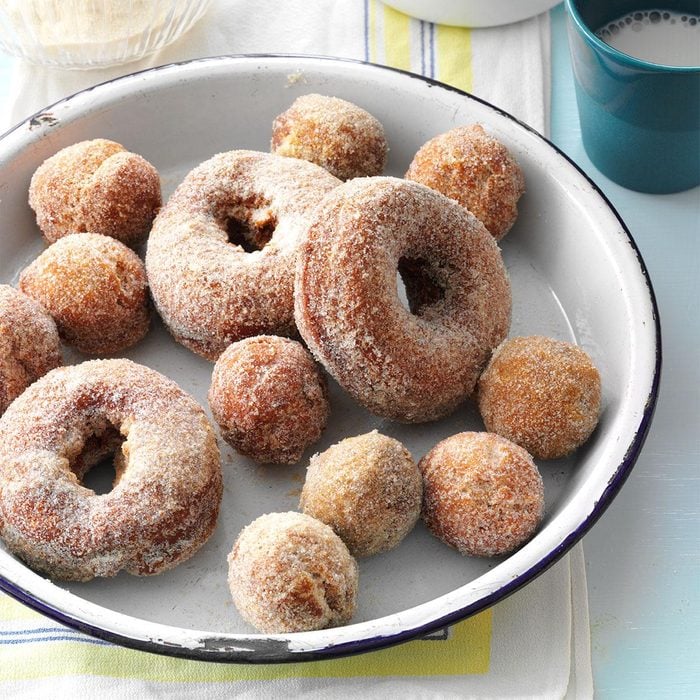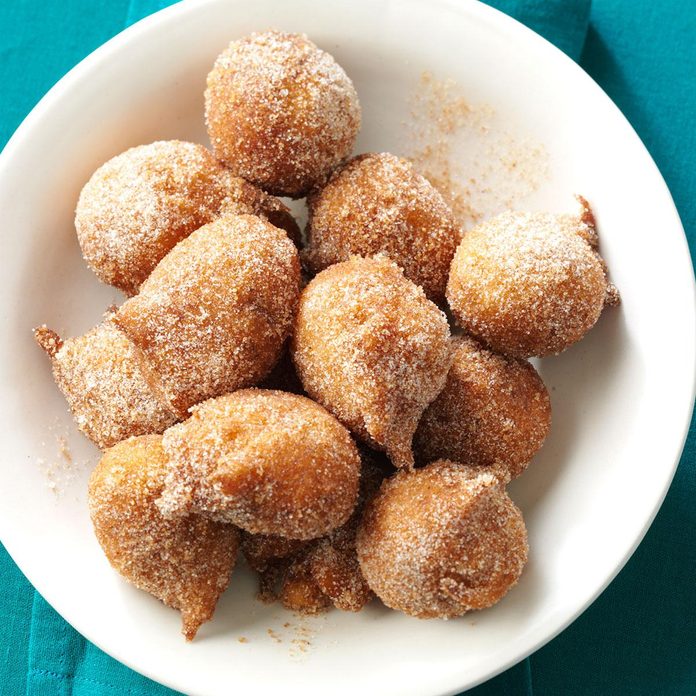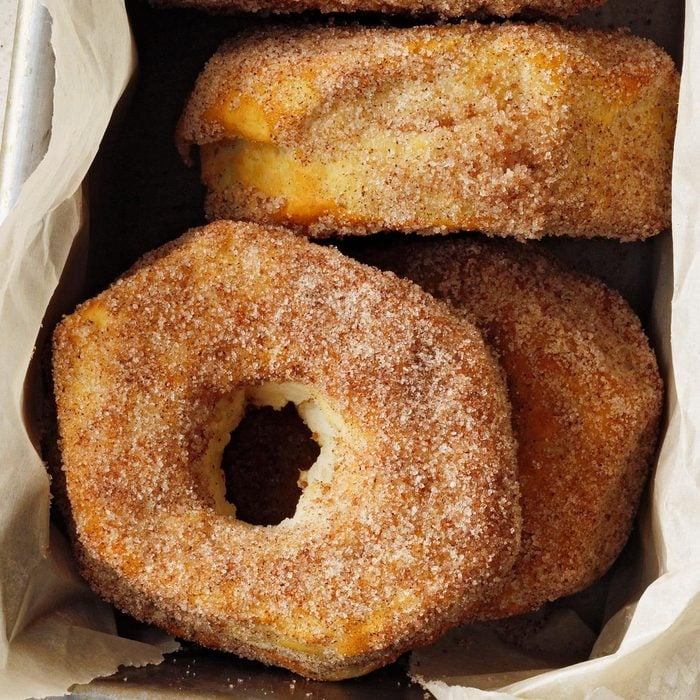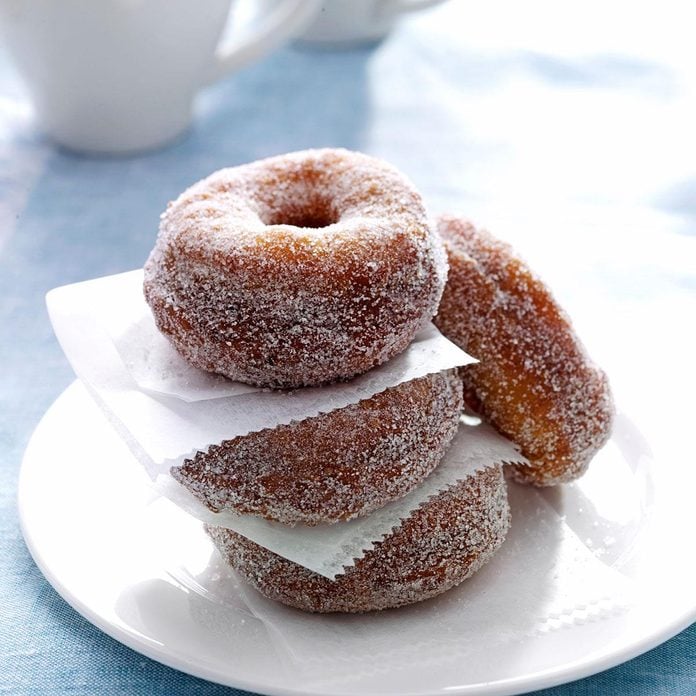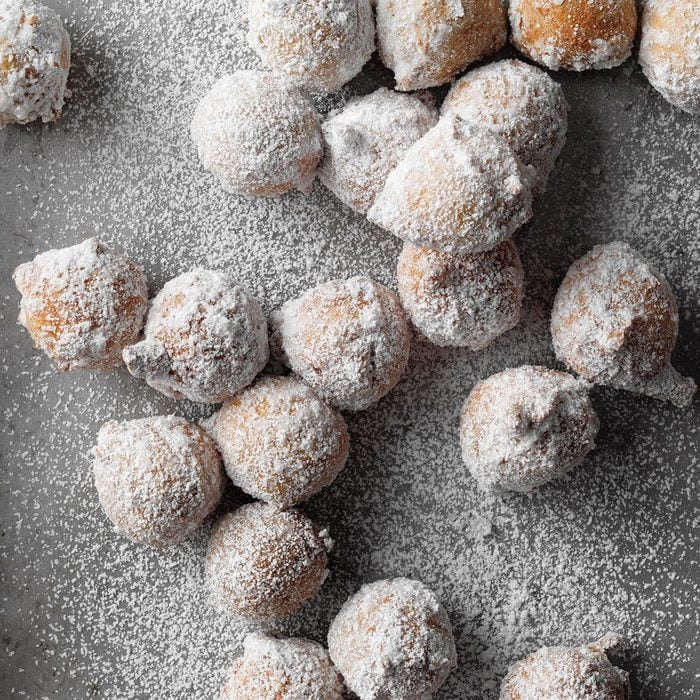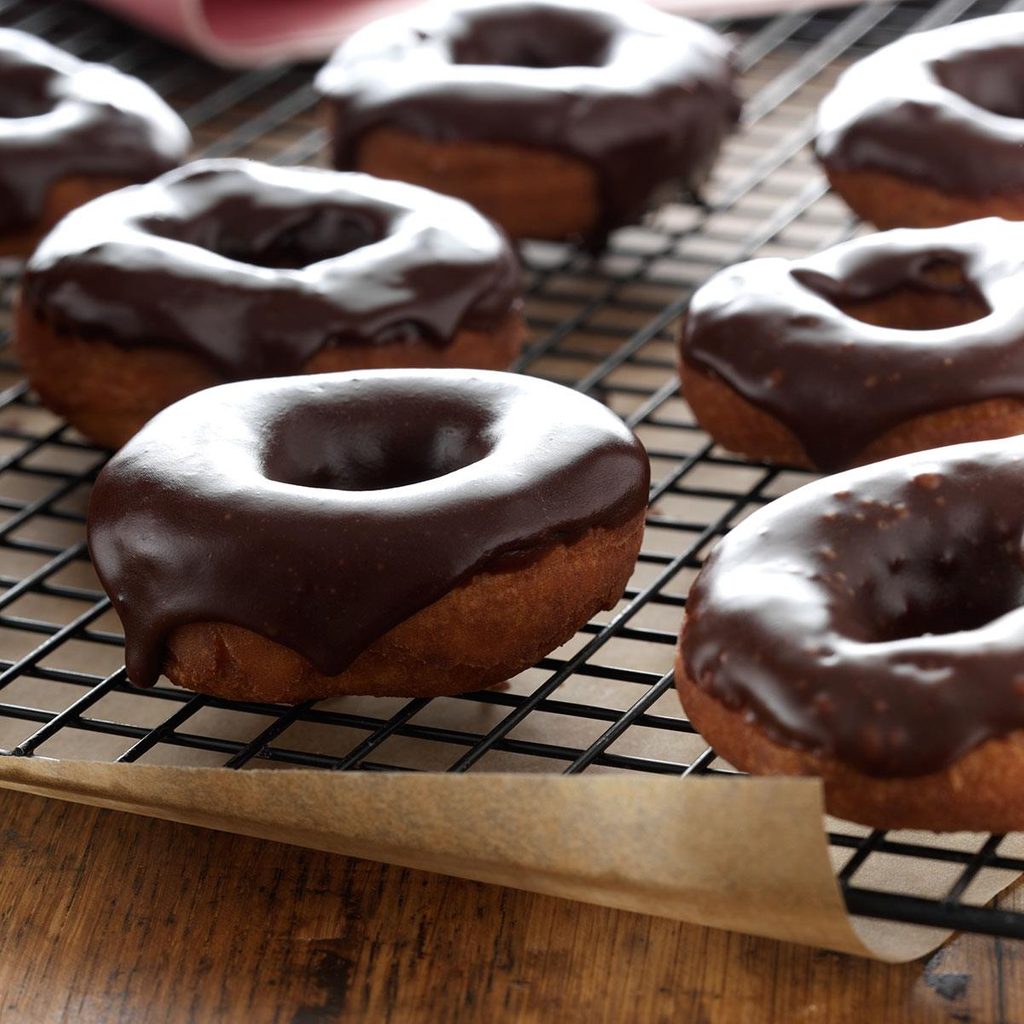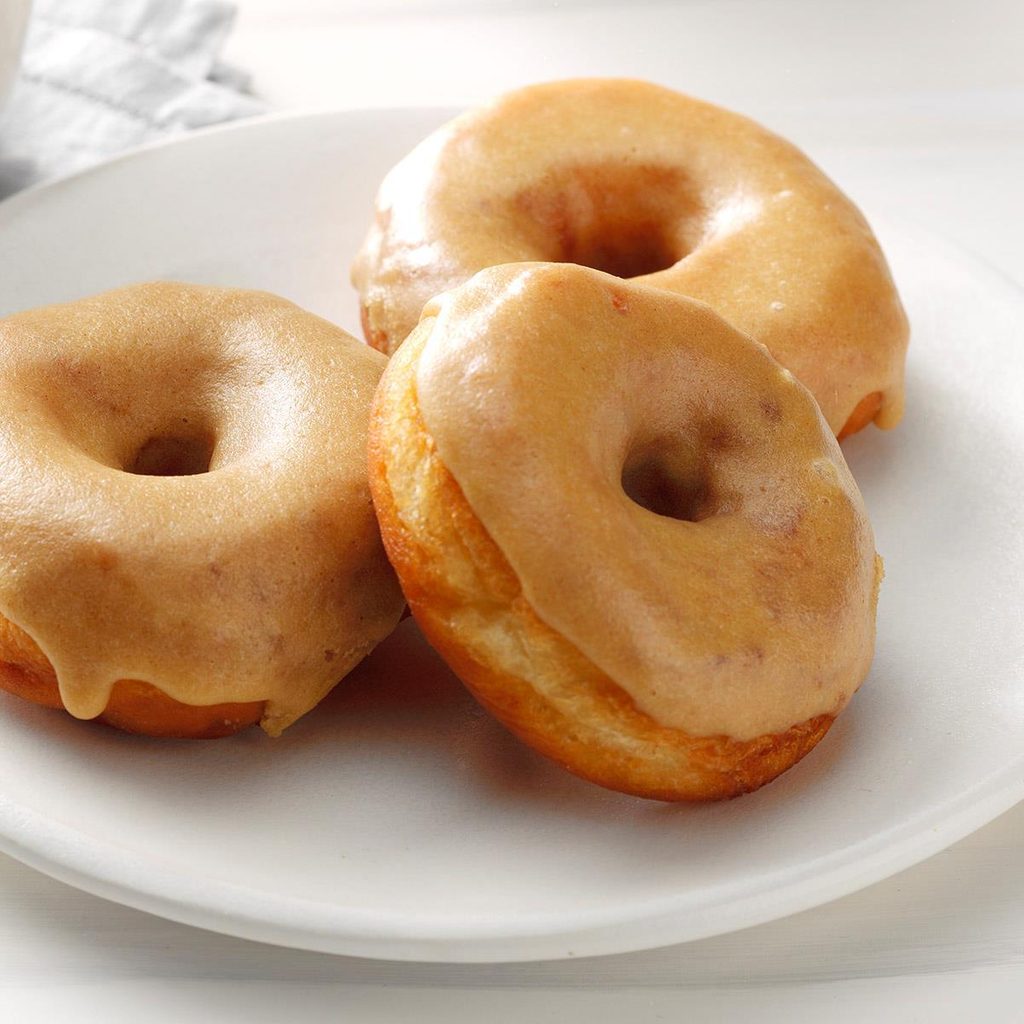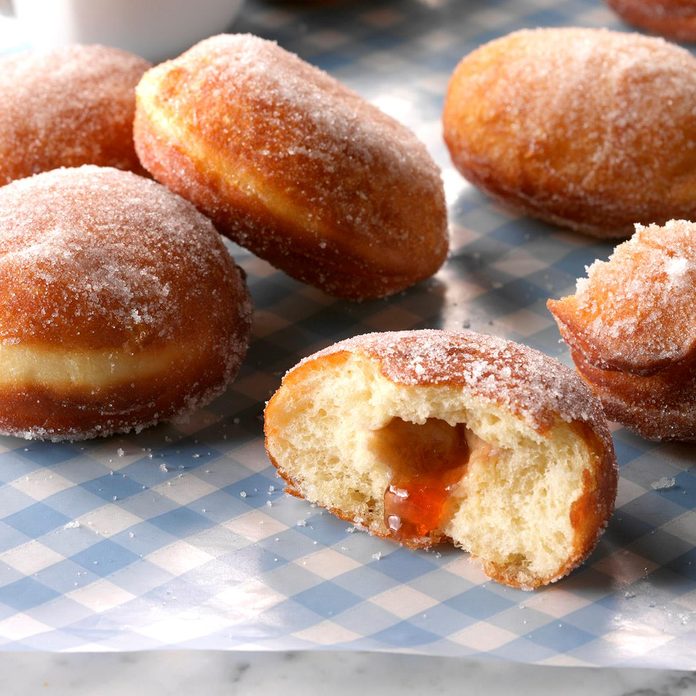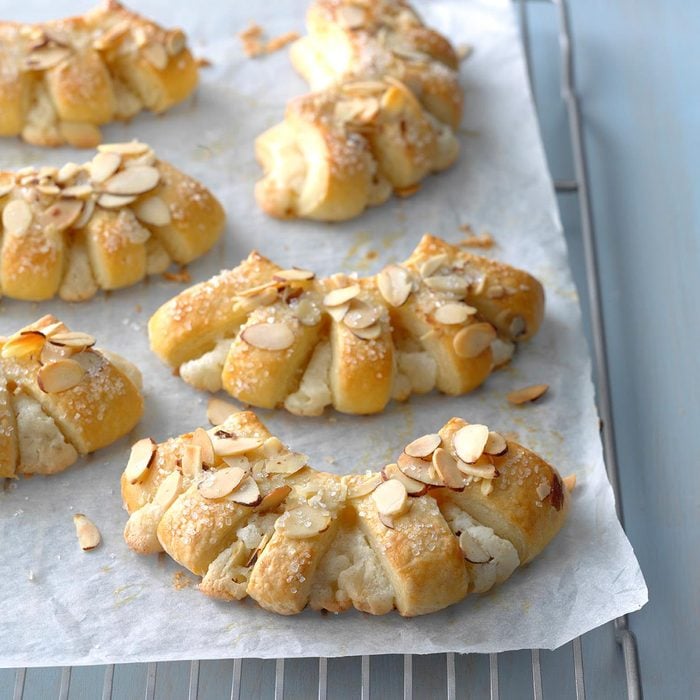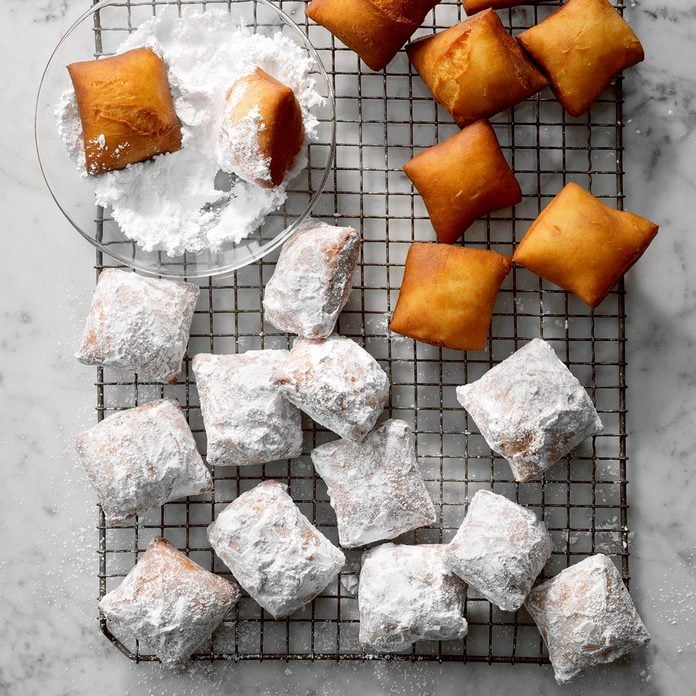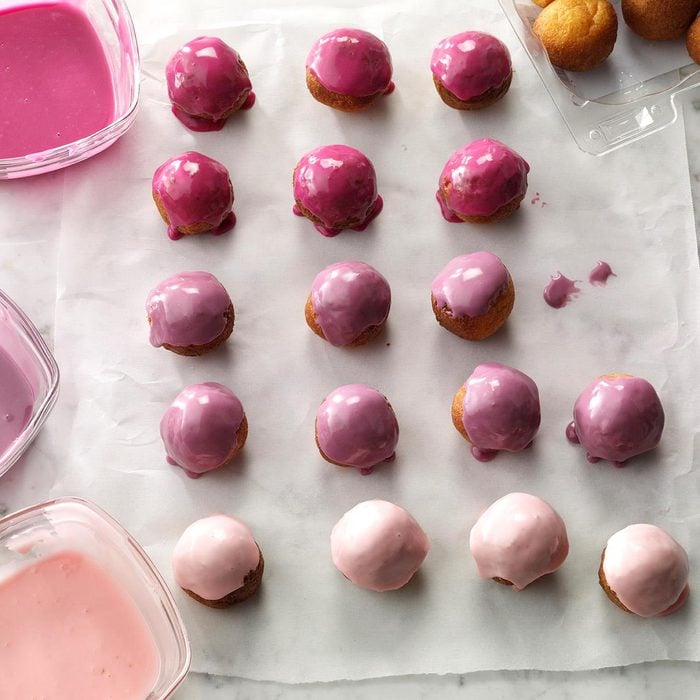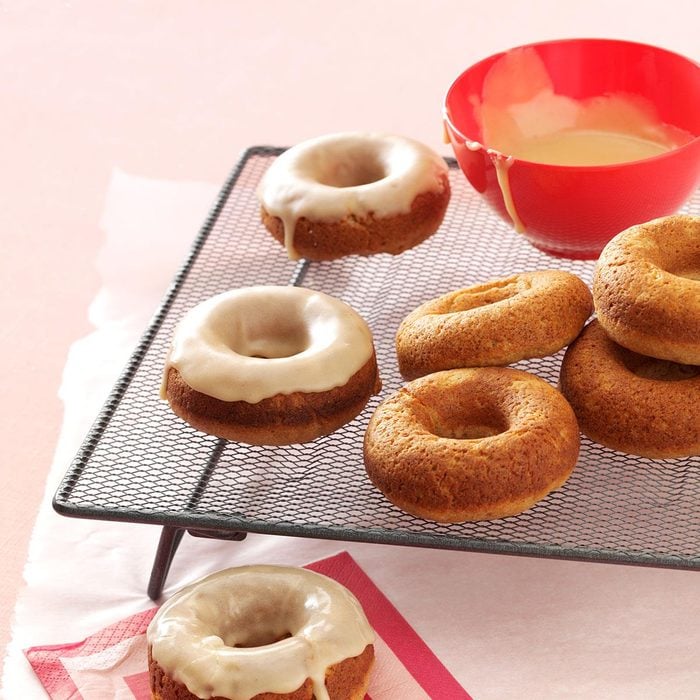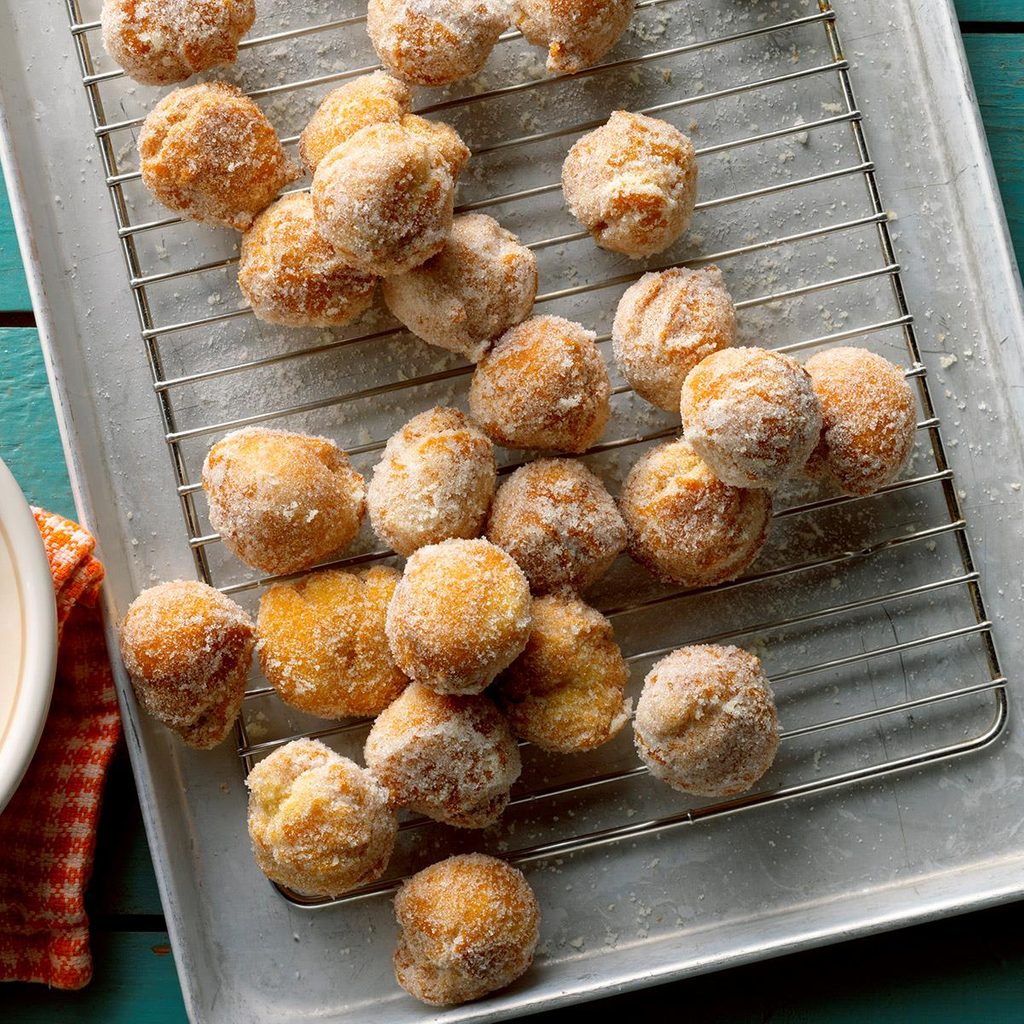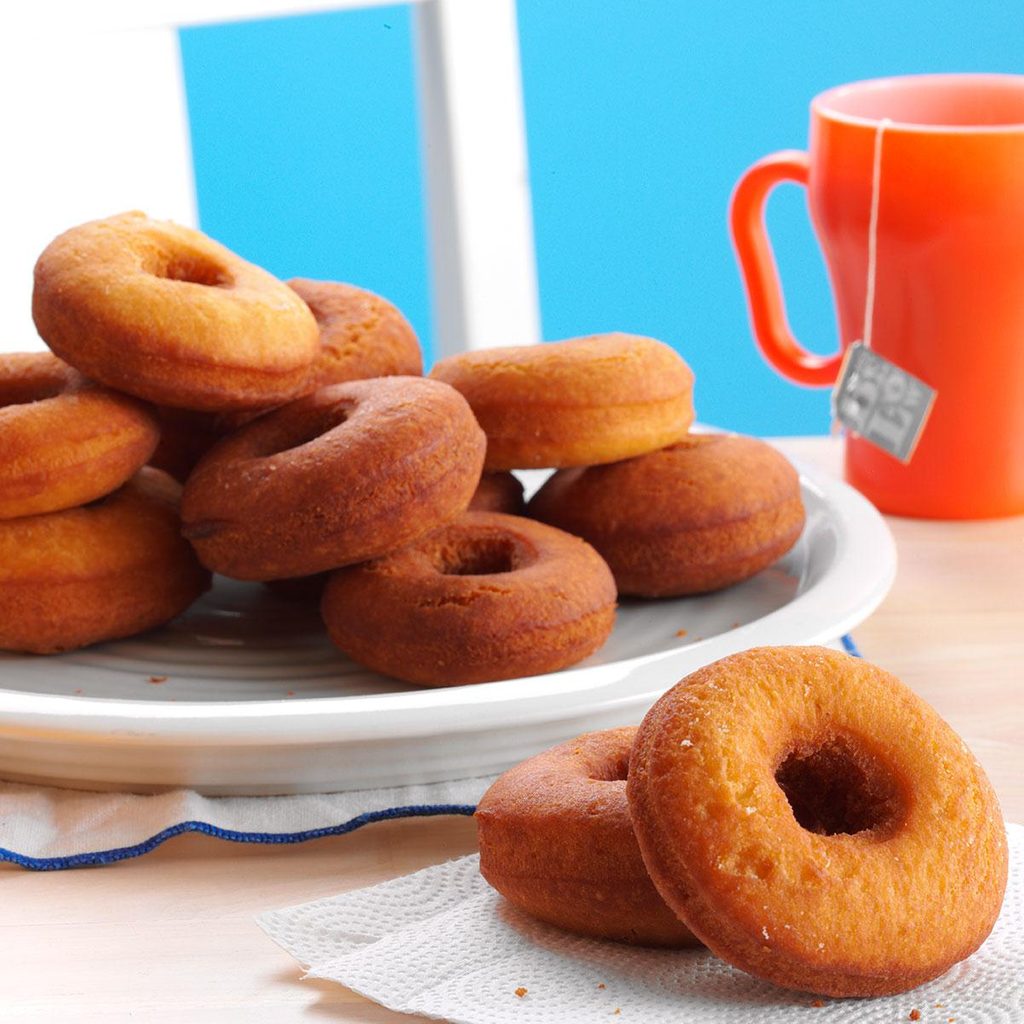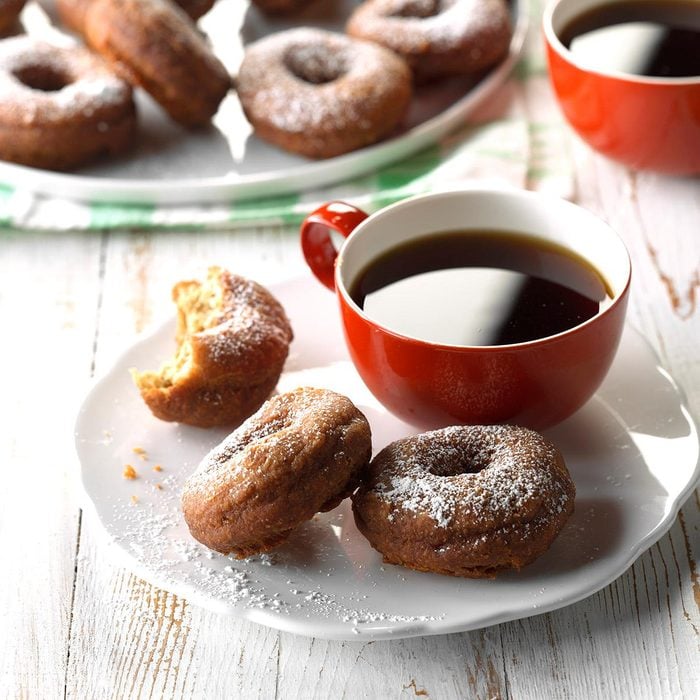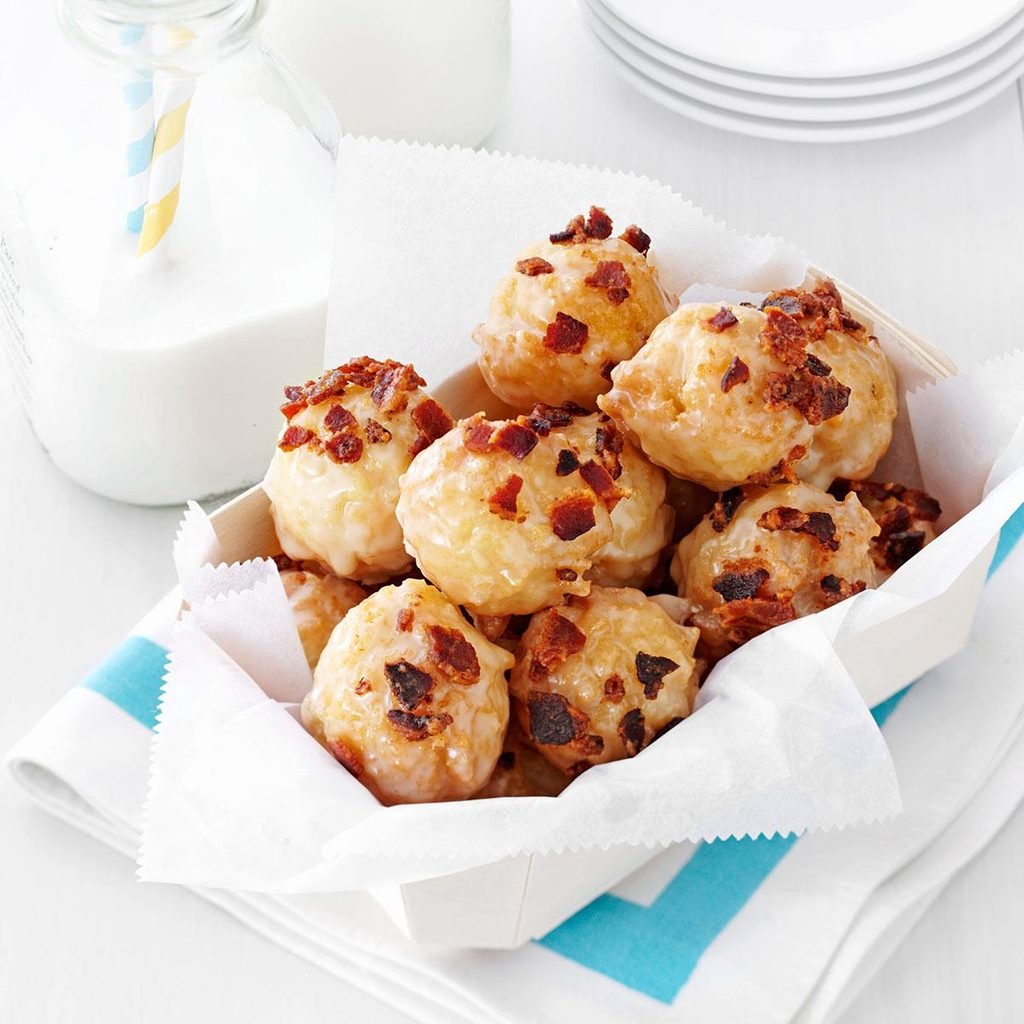You’ve probably come across the phrase “baker’s dozen” once or twice in conversation or on The Great British Baking Show. We all know how important numbers are in the baking process—exact measurements are key—but what’s so special about the baker’s dozen?
What Exactly Is a Baker’s Dozen?
Now, there’s your regular “dozen,” which amounts to 12. Then add one and you’ll have a baker’s dozen—simple math, right?
If you’re ordering from a bakery and request a baker’s dozen of a certain item, you’ll get 13 scones, dinner rolls, doughnuts, whatever. So even though you’re requesting a baker’s dozen of something, you’ll actually receive an extra baked good. No complaints here!
It’s harder to make a baker’s dozen, though, if you’re in the kitchen at home. Think about the muffin tins you have, with six, 12 or 24-count spaces for batter. Not ideal for making the odd number that is a baker’s dozen.
The History of a Baker’s Dozen
This plus-one to the normal amount in a dozen didn’t show up for fun. The term “bakers dozen” goes all the way back to medieval England, where bakers were making 13 instead of the standard 12 loaves of bread to avoid jail time.
According to Encyclopedia Britannica and Mental Floss, some bakers in 13th century England were notorious for skimping on the size of their baked goods, while customers were still paying full price. This “cheating” provoked King Henry III to pass a strict law—selling bread below the standard weight and size and overcharging for it got you roughed up or tossed in a jail cell. Many bakers didn’t want to risk it, so to reduce any margin of error, they often included an additional loaf of bread in their normal dozen, just to be safe.
We'd Eat a Baker's Dozen of Doughnuts
Apple Cider DoughnutsA batch of these apple cider doughnuts will have you feeling like it's peak fall season, no matter the time of year.
If you’re craving strawberry doughnuts, here is your guide to make some!
Banana BeignetsWhen life hands you ripe bananas, make banana beignets! These mini beignets are so easy and so good, you may find yourself buying extra bananas on purpose.
Air-Fryer DoughnutsMy sons and I love doughnuts, but in the Florida heat, I rarely want to deep-fry them. I tried making this easy air-fryer doughnut recipe, and it turned out so well with no mess! —Christine Hair, Odessa, Florida
There's no better pastry to pair with coffee. Find the
best types of doughnuts to make for breakfast or brunch.
Swedish DoughnutsOne day, my father got a hankering for doughnuts and asked me to make him some. I ended up trying these. Dad—and everyone else—loved the results. They come out so golden and plump. —Lisa Bates, Dunham, Quebec
Drop DoughnutsRemember this recipe after your next holiday dinner. I use any leftover mashed potatoes to make these light and fluffy doughnuts. The dish was originally created by my neighbor's mother-in-law as a breakfast treat or a snack. —Marilyn Kleinfall, Elk Grove Village, Illinois
Berry-Filled DoughnutsFour ingredients are all you'll need for this sure-bet breakfast treat. Friends and family will never guess that refrigerated buttermilk biscuits are the base for these golden, jelly-filled doughnuts. —Ginny Watson, Broken Arrow, Oklahoma
Delicious Potato DoughnutsI first tried these tasty treats at my sister's house and thought they were the best I'd ever had. They're easy to make, and the fudge frosting tops them off well. When I make them for friends, the recipe is always requested. —Pat Davis, Beulah, Michigan
Glazed DoughnutsThe light coffee flavor in these tasty sugar-glazed doughnuts makes them a perfect start to the morning...on Christmas Day or any day. You'll find that the recipe is a delectable way to use up leftover potatoes. —Pat Siebenaler, Random Lake, Wisconsin
Want an easy fast-food doughnut option for Christmas day? Krispy Kreme Christmas doughnuts are a delicious go-to.
Jelly DoughnutsThere's no need to run to the bakery for delicious jelly doughnuts! These sweet treats are lighter than air. I've been fixing them for 25 years for my husband, our two daughters and their families. They disappear almost as fast as I make them. —Kathy Westendorf, Westgate, Iowa
If you want to make restaurant-style doughnuts, here's our favorite copycat
Krispy Kreme doughnut recipe.
Bear ClawThis bear claw pastry recipe is absolutely melt-in-your-mouth delicious! It's impossible to resist the delicate dough, rich almond filling and pretty fanned tops sprinkled with sugar and almonds. I made yummy treats like this when I worked in a bakery years ago. —Aneta Kish, La Crosse, Wisconsin
BeignetsThe Big Easy is known for its fresh, doughy beignets. Here is our recipe for making these iconic doughnuts at home.
Looking for a fancy breakfast pastry? Learn how to make delicate, swirled
French cruller doughnuts at home.
Glazed Doughnut HolesHere's a simple recipe to create a colorful and fun breakfast—or snack! For the glaze, use any type of juice you like. —Taste of Home Test Kitchen. Next, learn how to make a
chocolate glaze for doughnuts.
Gluten-Free Apple Cider DoughnutsI wanted to make a gluten-free apple cider doughnut that tasted so good, the fact that it’s gluten-free is beside the point! —Kathryn Conrad, Milwaukee, Wisconsin
Pumpkin Doughnut DropsI always have a few special treats handy when the grandchildren visit. These cake doughnuts are one of their favorite snacks. —Beva Staum, Muscoda, Wisconsin
Blue-Ribbon DoughnutsWhat could be more delicious than a warm homemade doughnut? I've been making these tasty treats for my children and grandchildren for many years. —Kay McEwen, Sussex, New Brunswick
Cider DoughnutsHere on our 1,250-acre farm, we usually have a quick breakfast on the go. So I often keep a batch of these light and moist doughnuts on hand. They disappear quickly because no one can eat just one! —Suzanne Christensen, Defiance, Iowa
Maple-Bacon Doughnut BitesWhile these delicious bite-size treats are ready in minutes, they’ll disappear in a flash. And don’t relegate the deep-fried goodness to the breakfast nook—I’ve never had anyone turn these down no matter the time of day. —Chelsea Turner, Lake Elsinore, CA























